- Quick and easy service
Car Rental Palma de Mallorca
Search, compare & book!
- Free cancellation Up to 48 hours prior to the scheduled pick up time
- Best price guarantee Have you found a better price? Let us know and we will make you a better offer.
- 24000+ pick-up locations Locations around the world
Car Rental Palma de Mallorca
Renting a car in Palma de Mallorca is simple with us. We offer the best rates in the market. We offer rental cars worldwide, in over 125 countries and more than 17,000 locations. All inclusive car rental in Palma de Mallorca at the best rates - quality service guaranteed!
Car rental offers in Palma de Mallorca
Whether you're looking for a small rental car or a station wagon for the entire family, we will always have a suitable vehicle for the lowest price. Below are some examples from our selection in Palma de Mallorca.
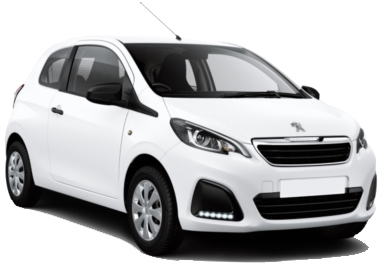
-
OK Mobility From€ 7 /day -
Europcar From€ 18 /day -
Keddy By Europcar From€ 30 /day
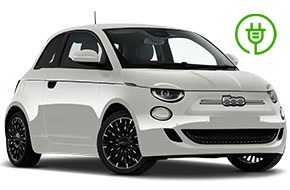
-
Goldcar From€ 8 /day -
Centauro From€ 11 /day -
Record Go From€ 11 /day
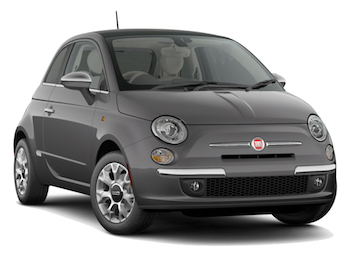
-
Centauro From€ 13 /day -
Wiber Rent a Car From€ 14 /day -
Hertz From€ 18 /day

-
OK Mobility From€ 8 /day -
Goldcar From€ 9 /day -
Record Go From€ 11 /day
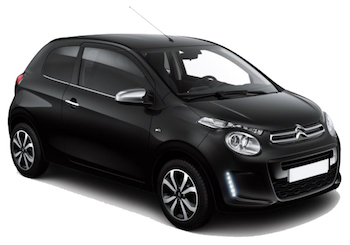
-
Goldcar From€ 8 /day -
Drivalia From€ 11 /day -
Europcar From€ 41 /day
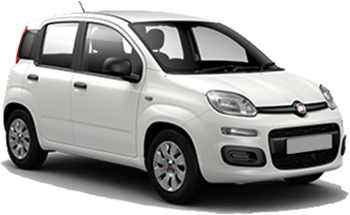
-
Clickrent From€ 14 /day -
Wiber Rent a Car From€ 14 /day -
Hiper Rent a Car From€ 22 /day
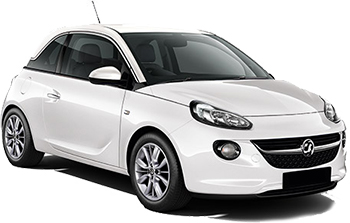
-
Goldcar From€ 9 /day
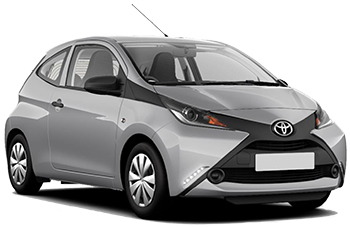
-
OK Mobility From€ 9 /day -
Clickrent From€ 11 /day -
Gobycar From€ 13 /day
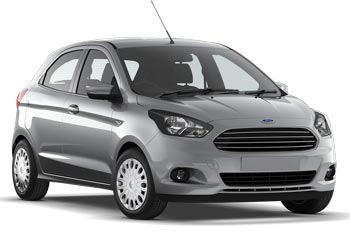
-
Wiber Rent a Car From€ 14 /day -
Green Motion From€ 48 /day

-
OK Mobility From€ 8 /day -
Goldcar From€ 10 /day -
Clickrent From€ 13 /day
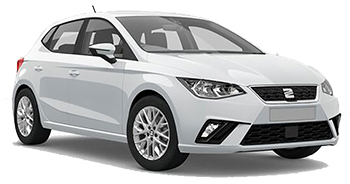
-
OK Mobility From€ 8 /day -
Clickrent From€ 12 /day -
Green Motion From€ 17 /day
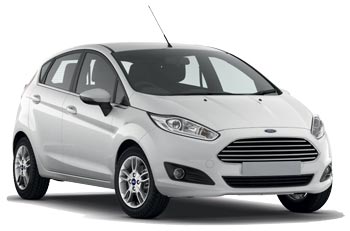
-
Centauro From€ 13 /day -
Goldcar Key'n Go From€ 31 /day -
Green Motion From€ 49 /day
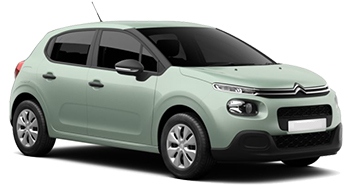
-
OK Mobility From€ 8 /day -
Budget From€ 21 /day
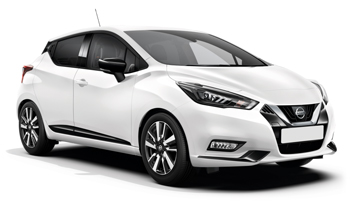
-
Goldcar From€ 10 /day -
Clickrent From€ 14 /day -
Wiber Rent a Car From€ 19 /day
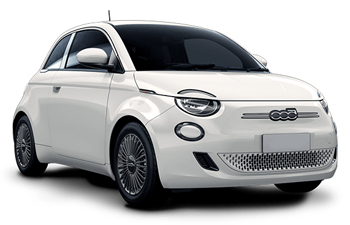
-
Clickrent From€ 14 /day -
Centauro From€ 16 /day
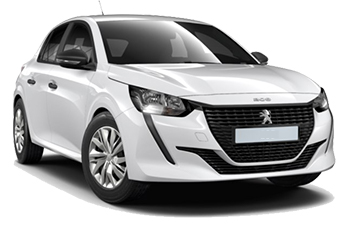
-
OK Mobility From€ 10 /day -
K10 Rentacar From€ 13 /day -
Drivalia From€ 19 /day

-
Goldcar From€ 10 /day -
Centauro From€ 12 /day -
Green Motion From€ 17 /day
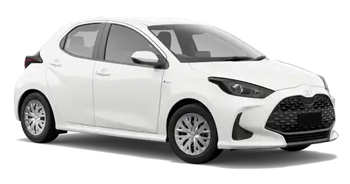
-
Gobycar From€ 14 /day -
Record Go From€ 36 /day -
Alamo From€ 44 /day
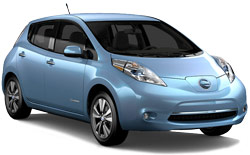
-
OK Mobility From€ 10 /day -
Goldcar From€ 10 /day -
Enterprise From€ 35 /day
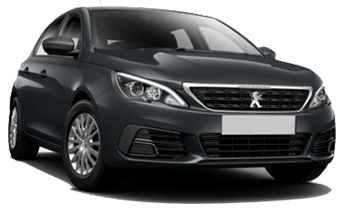
-
OK Mobility From€ 10 /day -
Flizzr From€ 21 /day -
Sixt From€ 25 /day
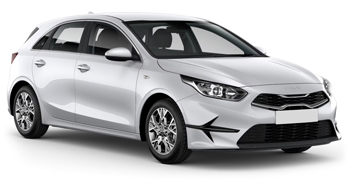
-
Centauro From€ 14 /day
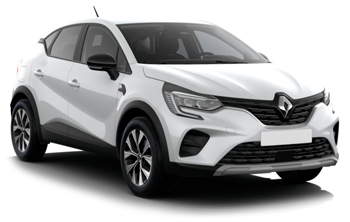
-
OK Mobility From€ 10 /day
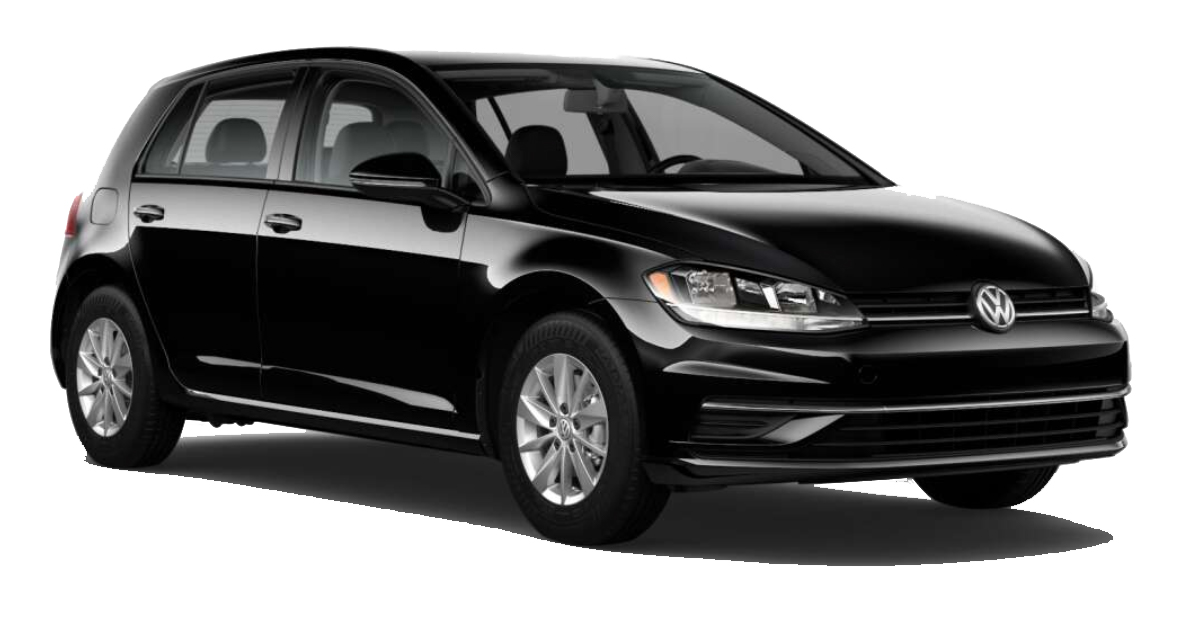
-
OK Mobility From€ 10 /day -
Clickrent From€ 13 /day -
K10 Rentacar From€ 20 /day
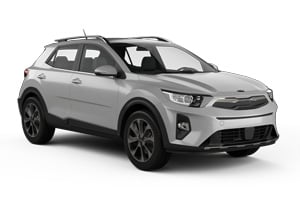
-
Centauro From€ 14 /day
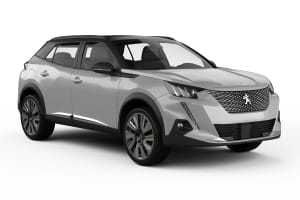
-
OK Mobility From€ 10 /day -
Centauro From€ 17 /day -
Flizzr From€ 23 /day
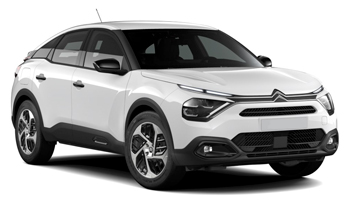
-
Goldcar From€ 10 /day -
OK Mobility From€ 10 /day -
Alamo From€ 33 /day
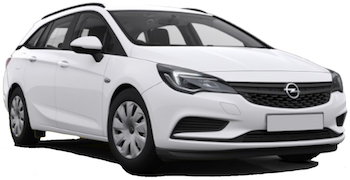
-
Gobycar From€ 18 /day -
Goldcar Key'n Go From€ 33 /day -
Hiper Rent a Car From€ 37 /day
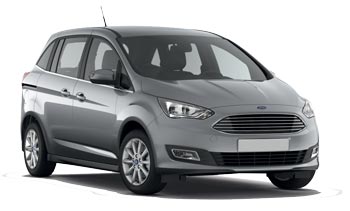
-
Goldcar From€ 11 /day -
Goldcar Key'n Go From€ 35 /day -
Centauro From€ 59 /day
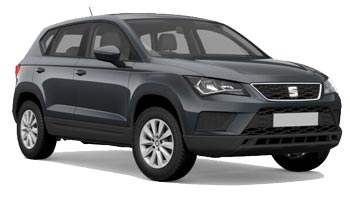
-
Goldcar From€ 12 /day -
Avis From€ 26 /day -
Goldcar Key'n Go From€ 37 /day
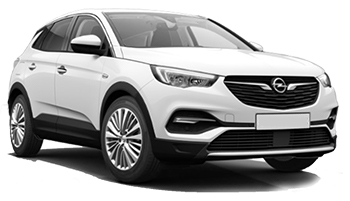
-
Wiber Rent a Car From€ 21 /day
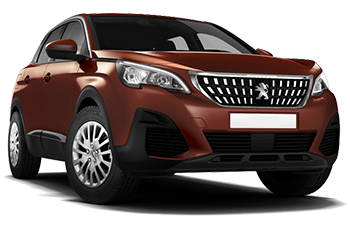
-
OK Mobility From€ 12 /day -
Drivalia From€ 24 /day -
Flizzr From€ 26 /day
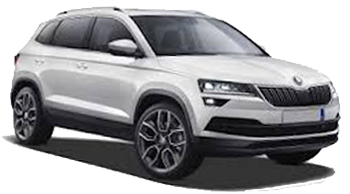
-
Goldcar From€ 12 /day -
Centauro From€ 20 /day -
Keddy By Europcar From€ 21 /day
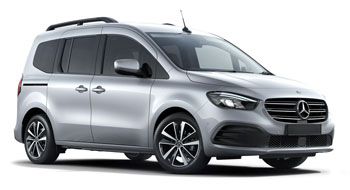
-
Wiber Rent a Car From€ 22 /day
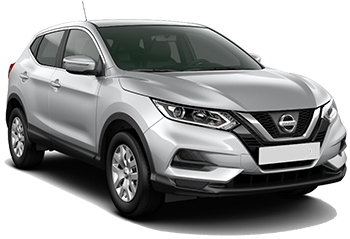
-
OK Mobility From€ 12 /day -
Goldcar From€ 13 /day -
Clickrent From€ 17 /day

-
Wiber Rent a Car From€ 13 /day
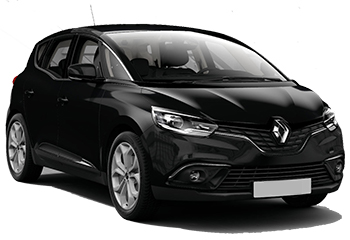
-
Gobycar From€ 22 /day -
Alamo From€ 58 /day -
Green Motion From€ 77 /day
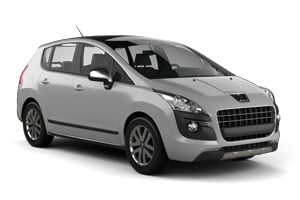
-
OK Mobility From€ 14 /day
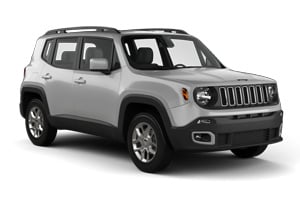
-
K10 Rentacar From€ 18 /day
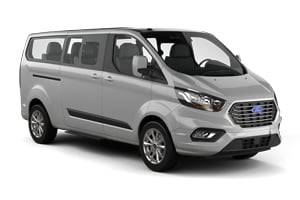
-
Wiber Rent a Car From€ 31 /day
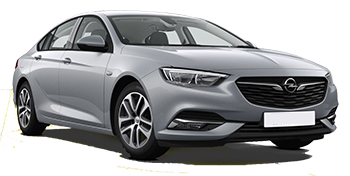
-
Goldcar From€ 21 /day -
Alamo From€ 29 /day -
Enterprise From€ 34 /day
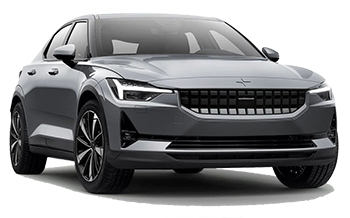
-
Keddy By Europcar From€ 23 /day -
Europcar From€ 28 /day

-
Keddy By Europcar From€ 32 /day

-
Keddy By Europcar From€ 25 /day -
Europcar From€ 36 /day -
Sixt From€ 60 /day
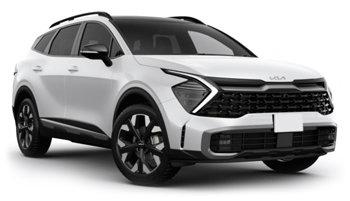
-
Alamo From€ 29 /day -
Europcar From€ 33 /day -
Enterprise From€ 34 /day

-
Dollar Rent a Car From€ 36 /day -
Hertz From€ 38 /day -
Thrifty From€ 55 /day
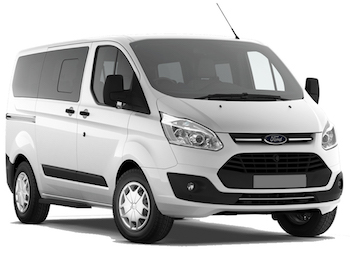
-
Wiber Rent a Car From€ 21 /day
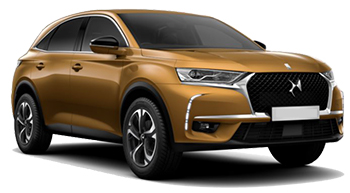
-
OK Mobility From€ 26 /day
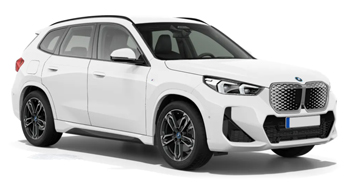
-
Sixt From€ 41 /day

-
Wiber Rent a Car From€ 27 /day
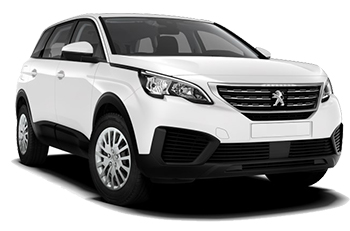
-
OK Mobility From€ 27 /day -
Drivalia From€ 62 /day
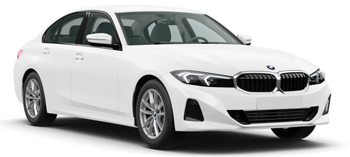
-
Sixt From€ 42 /day
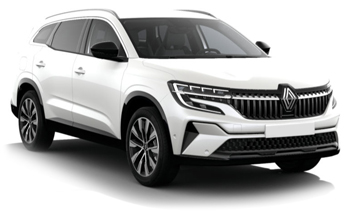
-
OK Mobility From€ 30 /day

-
Flizzr From€ 30 /day

-
Sixt From€ 43 /day
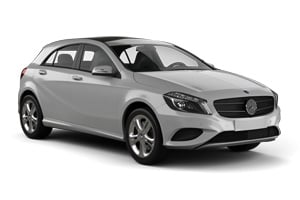
-
Record Go From€ 22 /day

-
Record Go From€ 22 /day -
K10 Rentacar From€ 61 /day

-
Keddy By Europcar From€ 40 /day
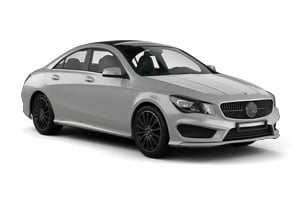
-
Record Go From€ 23 /day
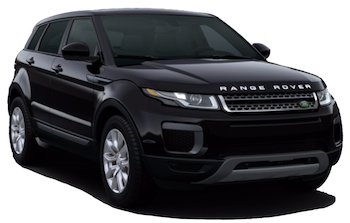
-
Drivalia From€ 26 /day
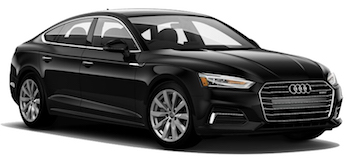
-
Sixt From€ 47 /day -
Clickrent From€ 89 /day
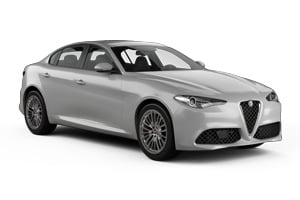
-
Record Go From€ 26 /day

-
Record Go From€ 27 /day -
Drivalia From€ 28 /day

-
Keddy By Europcar From€ 49 /day
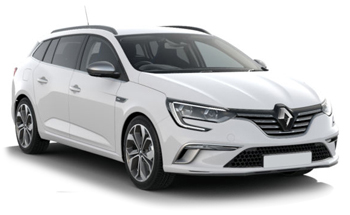
-
OK Mobility From€ 11 /day -
Avis From€ 56 /day

-
OK Mobility From€ 14 /day
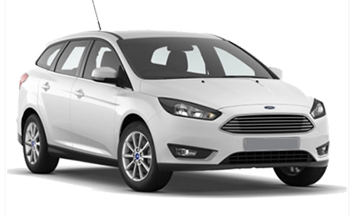
-
Wiber Rent a Car From€ 23 /day -
Goldcar Key'n Go From€ 37 /day -
Green Motion From€ 73 /day
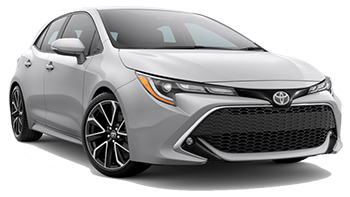
-
Record Go From€ 15 /day

-
Wiber Rent a Car From€ 17 /day -
Goldcar From€ 21 /day -
Green Motion From€ 56 /day
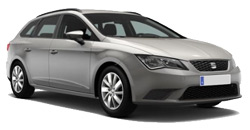
-
Dollar Rent a Car From€ 28 /day -
Hertz From€ 29 /day -
Clickrent From€ 34 /day
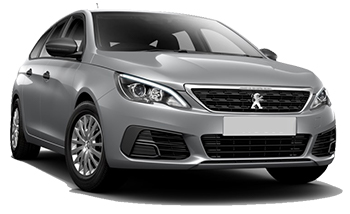
-
OK Mobility From€ 17 /day -
Flizzr From€ 63 /day -
Sixt From€ 71 /day

-
Alamo From€ 20 /day -
Enterprise From€ 22 /day -
National Car Rental From€ 27 /day
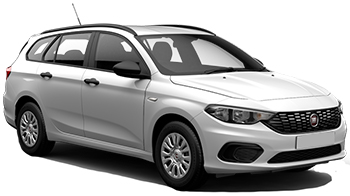
-
Goldcar Key'n Go From€ 39 /day -
Budget From€ 61 /day -
Avis From€ 62 /day
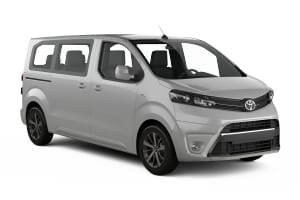
-
Record Go From€ 43 /day

-
Record Go From€ 46 /day -
Clickrent From€ 67 /day
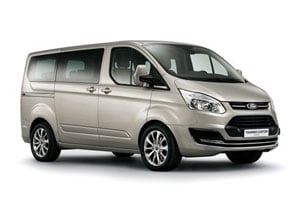
-
Dollar Rent a Car From€ 71 /day -
Thrifty From€ 72 /day -
Hertz From€ 75 /day
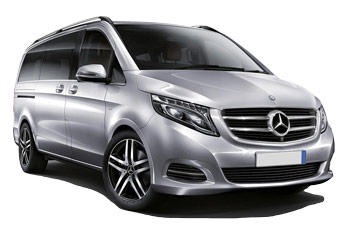
-
Europcar From€ 53 /day -
Clickrent From€ 73 /day -
K10 Rentacar From€ 117 /day
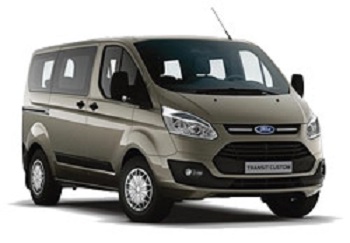
-
Europcar From€ 54 /day -
Keddy By Europcar From€ 66 /day
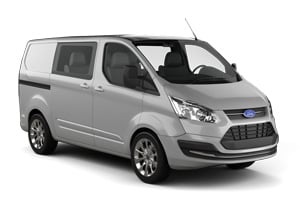
-
Dollar Rent a Car From€ 72 /day -
Thrifty From€ 72 /day -
Hertz From€ 76 /day
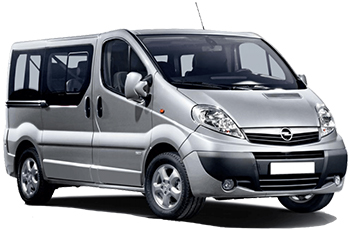
-
Alamo From€ 55 /day -
Clickrent From€ 62 /day -
Enterprise From€ 65 /day
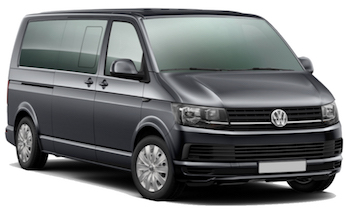
-
Clickrent From€ 68 /day -
Record Go From€ 73 /day -
Sixt From€ 119 /day

-
Clickrent From€ 74 /day -
Sixt From€ 119 /day
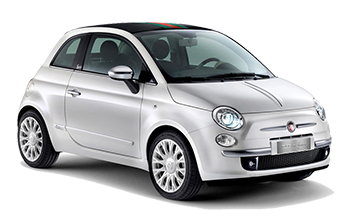
-
Wiber Rent a Car From€ 15 /day -
Clickrent From€ 19 /day -
K10 Rentacar From€ 21 /day
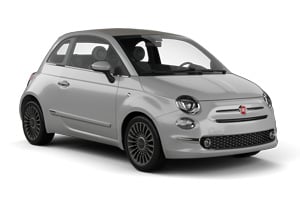
-
Record Go From€ 19 /day

-
Wiber Rent a Car From€ 20 /day -
Clickrent From€ 29 /day -
Hiper Rent a Car From€ 46 /day
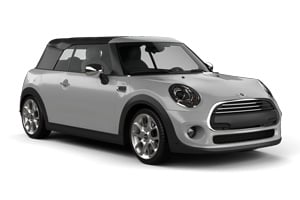
-
Clickrent From€ 20 /day -
Avis From€ 44 /day
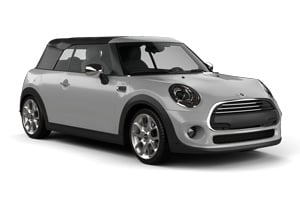
-
Clickrent From€ 34 /day -
Gobycar From€ 63 /day -
Sixt From€ 87 /day

-
Clickrent From€ 23 /day -
K10 Rentacar From€ 37 /day -
Drivalia From€ 37 /day
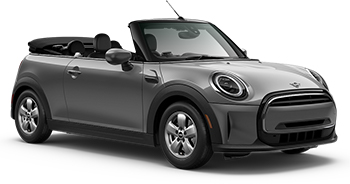
-
Clickrent From€ 28 /day -
Gobycar From€ 53 /day

-
Clickrent From€ 43 /day -
Avis From€ 46 /day

-
Gobycar From€ 69 /day -
Clickrent From€ 81 /day
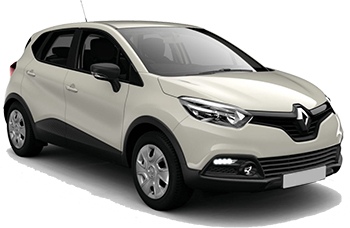
-
OK Mobility From€ 10 /day

-
OK Mobility From€ 10 /day -
Centauro From€ 17 /day -
Flizzr From€ 23 /day

-
Centauro From€ 14 /day
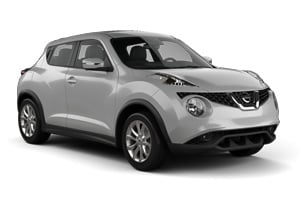
-
Goldcar From€ 10 /day -
Wiber Rent a Car From€ 12 /day -
Drivalia From€ 23 /day
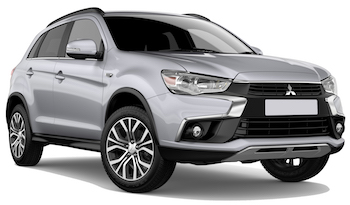
-
Goldcar From€ 11 /day
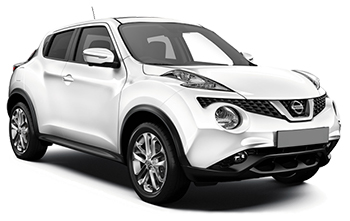
-
Wiber Rent a Car From€ 19 /day -
Hiper Rent a Car From€ 25 /day -
Goldcar Key'n Go From€ 33 /day
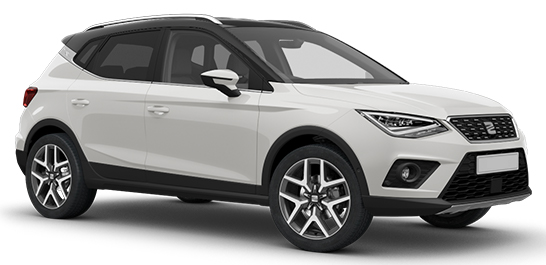
-
OK Mobility From€ 11 /day -
Goldcar From€ 14 /day -
Keddy By Europcar From€ 18 /day

-
OK Mobility From€ 12 /day -
K10 Rentacar From€ 14 /day -
Drivalia From€ 19 /day

-
Wiber Rent a Car From€ 19 /day -
Green Motion From€ 89 /day

-
Goldcar From€ 8 /day -
Centauro From€ 11 /day -
Record Go From€ 11 /day

-
Goldcar From€ 9 /day -
Centauro From€ 11 /day -
Wiber Rent a Car From€ 13 /day

-
Centauro From€ 16 /day -
Wiber Rent a Car From€ 19 /day -
Budget From€ 20 /day
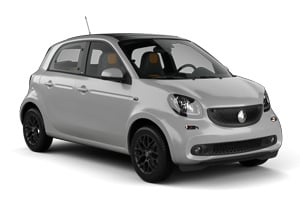
-
OK Mobility From€ 10 /day

-
OK Mobility From€ 10 /day -
Goldcar From€ 10 /day -
Alamo From€ 26 /day

-
Wiber Rent a Car From€ 18 /day -
Centauro From€ 19 /day -
Avis From€ 21 /day

-
OK Mobility From€ 10 /day -
Centauro From€ 17 /day -
Flizzr From€ 23 /day
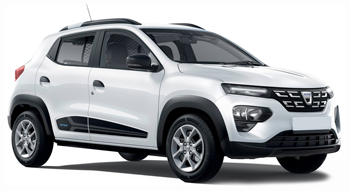
-
Goldcar From€ 11 /day
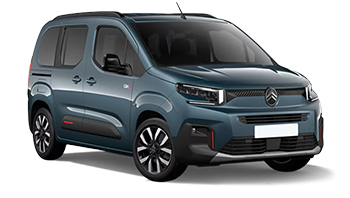
-
Gobycar From€ 27 /day
Car rental companies in Palma de Mallorca
Below are the car rental companies in Palma de Mallorca with the best ratings. Compare all ratings and prices of these rental companies in one search.
-
Hiper Rent a Car
From€ 21 / day -
Gobycar
From€ 13 / day -
Thrifty
From€ 30 / day -
Enterprise
From€ 20 / day -
Avis
From€ 19 / day -
Alamo
From€ 18 / day

When is the best time to book a rental car in Palma de Mallorca?
Car rental companies in and around Palma de Mallorca
Information about Palma de Mallorca
The Spanish island of Mallorca is mainly known as a destination for a beach holiday, but the island's capital has a lot more to offer. Palma de Mallorca is not a large city, but it has a number of special attractions. Interrupt your beach holiday and soak up a bit of culture!
Palma de Mallorca's cathedral dominates the townscape. The impressive Gothic towers of La Seu can be seen from far away. As is the case in many other Spanish cities, this cathedral was built on the spot where once stood an Arab mosque. In 1299, Mallorca's Christian conqueror, Jaime I, got caught in a horrible storm on his way to the island. He swore to build a cathedral for the Virgin Mary if he would survive the storm. And so it happened. Jaime laid the foundation stone, but has never seen the final structure as construction took nearly four hundred years. At the beginning of the twentieth century, during restoration work, Gaudí changed the interior. He made the wrought-iron chandeliers for example. Also take a look at the enormous rose window, which consists of 1236 pieces of stained glass.
The Arab Baths, or Banys Àrabs, right behind the cathedral, are another one of Palma's attractions. It is one of the few remnants of three centuries of Moorish domination. The Arab Baths were constructed in the eleventh century. The hot water basin is surrounded by twelve pillars that support a skylight.
Here you are in the oldest part of the city. A fascinating maze of alleys where the houses don't deny their Arab past. Except in some wider through streets (where you'll find the souvenir shops), you will hardly come across any tourists in this labyrinth of narrow alleys. And because of the shade it is relatively cool here! You'll often find an open door, which allows you to catch a glimpse of a courtyard. One of the houses, Can Marquès is open to the public. The house was built in the fourteenth century; its interior dates back to around 1900.
Jaime I's successor – Jaime II – commissioned the construction of a fortress on the southwest side of Palma. It is a typical building: A completely round castle with four towers. From here you have a beautiful view of Palma's bay and it explains the name Bellver ('nice view' in Catalan). The castle houses the Archeological Museum.
Originally, the Palacio de la Almudaina was a Moorish palace, but Jaime II turned it into his summer residence and added four towers and a royal chapel. The palace is full of art, including paintings and tapestries. The surrounding garden is also worth a visit.
Pueblo Español is a unique architecture museum. It contains over a hundred replicas of buildings from all over Spain. It is a fairly large complex and part of it serves as a conference hall. The various buildings also house some (exclusive) restaurants.
Pearls constitute an important product for Mallorca. Everywhere on the island you can buy pearl jewelry, like for example in Palma's main shopping street, Avinguda Jaume III. You can also visit a pearl factory to see how the raw product is turned into a nice piece of jewelry.
There is no shortage of discotheques in Palma. Young people can go crazy until the early hours in discos that carry names like Made in Brasil, BCM and Tito's. Most discotheques and nightclubs can be found around the harbor. If you are looking for more quiet cafés and bars, you have to go to the old city center.
In and around Palma de Mallorca
One of the most popular attractions is the train from Plaza d'Espanya to Sóller. The ride leads through citrus plantations with a beautiful view of the mountains in the west of Mallorca. Sóller itself is a nice village, but unfortunately very touristy. You can continue the ride by streetcar to Port de Sóller on the sea, where you'll find a small naval museum.
In the north of the island lies Pollença, where textile artist Martí Vicenç lived and worked. After his death in 1995, his house and workshop were converted into a museum. Here you can see many examples of so-called llengües in gorgeous patterns. In addition to working with textile, Vicenç also worked as a painter and sculptor. Much of this work is also on display.
The S'Albufera nature park is also located in the north of Mallorca. It constitutes the Balearic Islands' main wetland with special plants and thousands of bird species. Here you are far away from the busy beaches. There are nice walking and cycling routes mapped out. The most special spots can only be reached by boat.
Palma de Mallorca offers a wide range of accommodations. There is no shortage of hotels and holiday resorts on the rest of Mallorca either. We do, however, still recommend booking your hotel well in advance. In summer months, as Mallorca is extremely busy this time of the year, and in winter months because you have less choice as many hotels are closed during these months.
Parking
Although they are building more and more parking garages in Palma de Mallorca, it may still be difficult to find a parking space. One of your best options is Parc de la Mar near the cathedral. They even lend you a free bicycle for the time your car is parked here. It's a nice way to discover Palma!
Mallorca Airport
The Mallorca Airport is located eight kilometers east of the city. You can easily reach the airport, which goes by the official name of Son Sant Joan, by rental car by taking the road to Santanyí. The exit to the airport is clearly signposted.